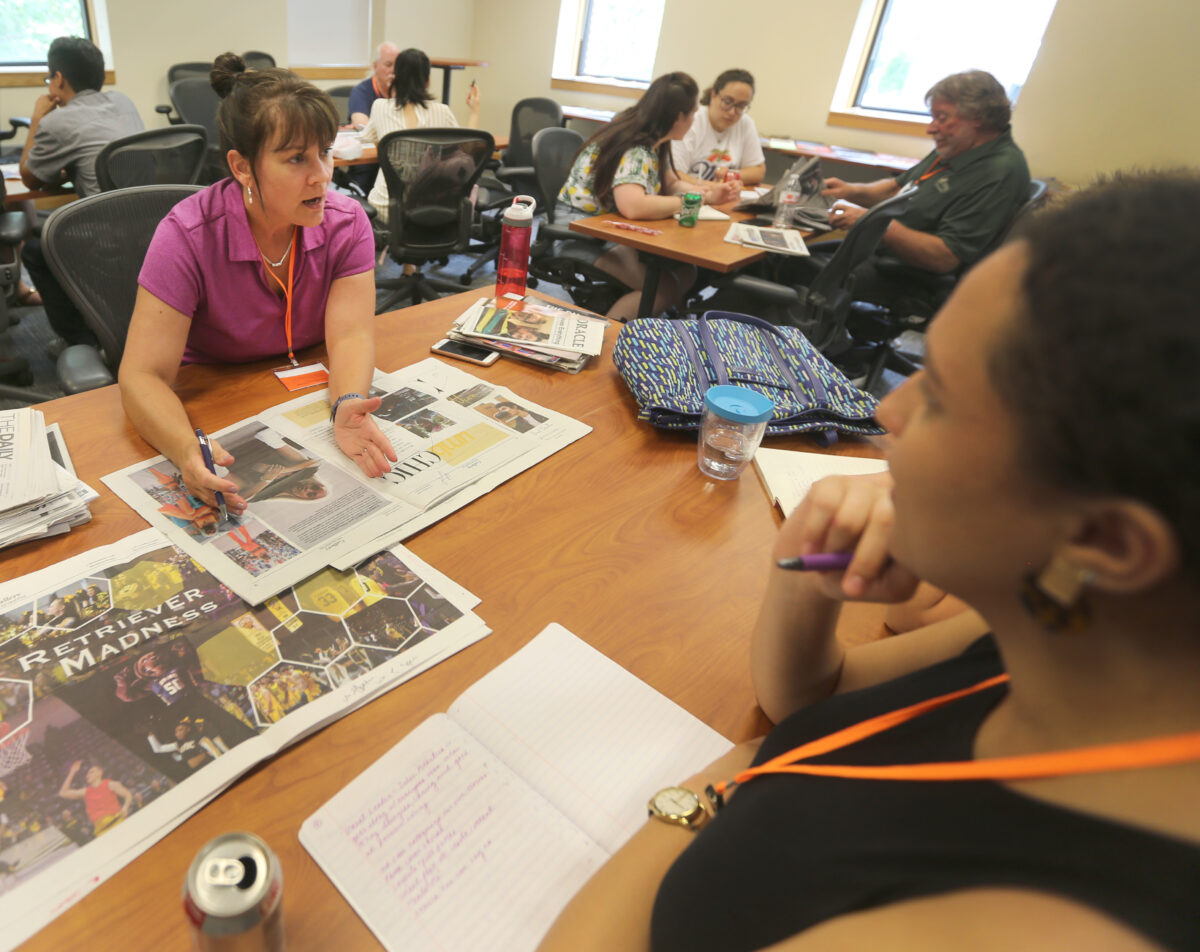Editor, adviser can assume coaching role
By Melanie Wilderman
I first heard of Chip Scanlan’s “The Coaching Way,” in 2004 when I was preparing to teach my first college-level class, Introduction to Media Writing, as a very green master’s graduate and new adjunct instructor for my alma mater. I was 23 years old and, like many new instructors, terrified my students would think I was a fraud. “The Coaching Way” saved me that first semester. It guided me as a teacher as much as it helped guide my students.


For those who may not be familiar, Scanlan, a seasoned journalist and former writing instructor for The Poynter Institute, detailed his approach as an editor in a 2003 Poynter article. He said he approached coaching journalists first with the question, “How can I help?” Then he listened to the answer. Sounds simple, right? Even Scanlan admitted this, but it’s an important first step, and what follows is a more intense progression of open-ended questions throughout the writing process and a back-and-forth between editor and journalist (or, in educational settings, between teacher and student) that requires participation from both parties. He calls this style “The Coaching Way.” Continue reading “Applying Scanlan’s ‘The Coaching Way’ to media design instruction”

